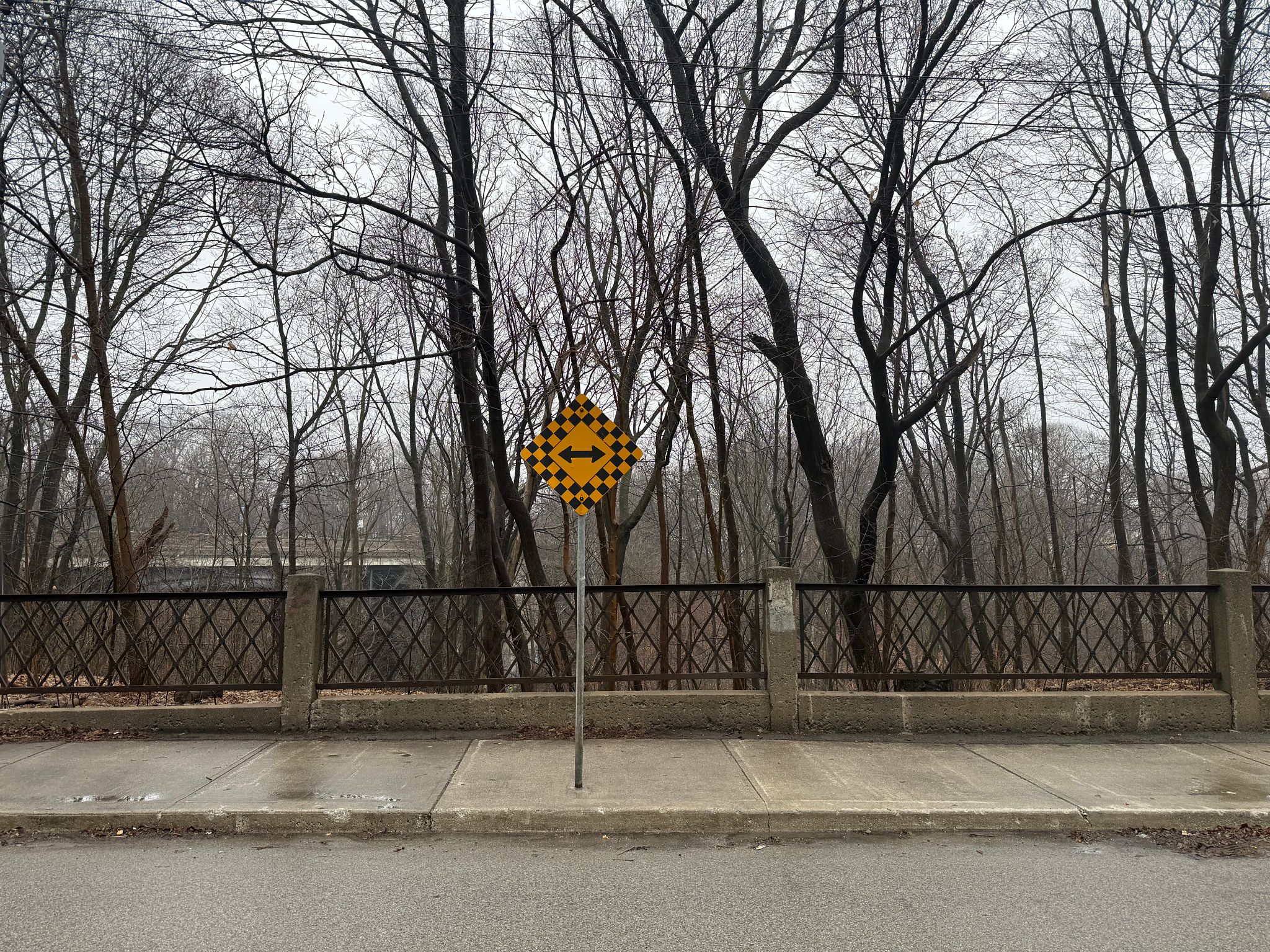How to Choose the Right Fence Material for Your Home
Understanding Your Needs
When choosing the right fence material for your home, the first step is to understand your specific needs. Are you looking for privacy, security, aesthetics, or a combination of these factors? Knowing your primary purpose will help narrow down the material choices. For instance, if privacy is your main concern, a tall wooden or vinyl fence might be ideal. Meanwhile, for decorative purposes, wrought iron or aluminum could be more suitable.
Additionally, consider the climate and environmental conditions in your area. Some materials perform better in certain climates than others. For example, wood might not be the best choice in areas with high humidity due to its susceptibility to rot and warping.

Exploring Different Material Options
Wood Fences
Wood is a classic choice that offers a natural look and can be customized with different stains or paints. Cedar and redwood are popular due to their resistance to decay and insects. However, wood fences require regular maintenance to prevent rot and extend their lifespan. If you prefer a rustic charm, wood is an excellent option.
Vinyl Fences
Vinyl fences are known for their durability and low maintenance. They resist weathering, insects, and corrosion, making them ideal for various climates. Vinyl is available in different styles and colors, offering versatility in design. While the initial cost may be higher than wood, the long-term savings on maintenance can make it a worthwhile investment.

Metal Fences
Metal fences, such as aluminum and wrought iron, provide robust security and an elegant appearance. Aluminum fences are lightweight and resistant to rust, making them suitable for coastal areas. Wrought iron offers a timeless, ornate look but requires regular upkeep to prevent rust. For those prioritizing security with style, metal fences are an attractive choice.
Factors to Consider
When selecting a fence material, budget is a crucial factor. Calculate both the initial installation costs and the long-term maintenance expenses. While some materials like vinyl may have a higher upfront cost, their durability could result in lower maintenance expenses over time.
Another important consideration is the installation process. Some materials are easier to install by homeowners as DIY projects, while others might require professional installation. Researching the complexity of installation can help you decide whether to undertake the project yourself or hire a professional.

Making Your Decision
After evaluating your needs, exploring material options, and considering factors like budget and installation, make an informed decision that aligns with your priorities. Look into local regulations or homeowner association guidelines that might affect your choice of fencing material.
Finally, seek advice from experts or neighbors who have installed fences recently. Their experiences can provide valuable insights into what works best in your locality. By taking these steps, you can choose the right fence material that not only complements your home but also serves its intended purpose effectively.